Last summer a busted water pipe under the house caused the hardwood floors in front of my fireplace to buck. The floor was only 11 years old, and was unfinished red oak, select. In order to repair the portion that was damaged, a large portion of the floor had to be replaced. It is a very large room, about 32ft x 25ft, and about half of that was replaced, 32ft x 12ft. It was replaced with the exact same wood, bought from the same company.
The insurance adjuster suggested I use a service and restoration company that could do all the work including the moving, cleaning, flooring, etc. and I went with his suggestion. What a mistake! (but I�ll just talk about the flooring here) The 1st flooring contractor that they hired did a terrible job. There were big gouges in my floor where the sander had cut into it. The corners and edges of the room were noticeably higher than the inner portions, and there was grit, grime, dirt, hair and garbage throughout every single inch of the finished floor. The person in charge of overseeing the entire project came and looked at it and said that he had seen some bad floor jobs in his life, but this was the worst he had seen in his entire career. He said that there was no way to repair it, it would have be resanded and refinished.
The company hired another flooring company to redo the floor. They had to sand the floor four times in order to get most of the damage out. They sanded it at 45 degree angles twice and then straight up and down twice. Even after that, there were still dents and gouges, but not as noticeable. They put six coats of premium, semi-gloss finish on the floor and still there were places that wouldn�t take the finish. Large portions of the floor were very dull and didn't look like they had any finish on it at all. so they had to put a special treatment on the floor in places and come back several times to put more finish on these places. The flooring man told me that it was possible that the first flooring man had sanded the floor down too low and had gotten into the base(?) and that was why the finish wouldn�t adhere.
But finally, after a couple of months, I had a beautiful floor. For about one month. Then the finish on the entire floor started to become very dull, and it looked like a 25 yr. old floor. I put some Bona on it and got it shining again and thought, "There! No worries. At last."
Then, about 4 months ago the floor started cupping! And now it is cupping bad! And the original place where the floor was bucked has bucked up again and looks like it is starting to split. But it is only the new portion of the floor that is doing this. The part of the room that has the old flooring still looks beautiful.
I have a layer of plastic under the house as a barrier between the ground and the floor, and I have run the air conditioner all summer long. It IS humid here in Georgia, but I do not understand why only the new portion of my floor is doing this. My old floor never did this way. I do not know what can be done about it. Or if anything can be.
There were A LOT of other problems with this job other than the floor, including theft, so I have contacted the service/restoration company several times and they will not even return my phone call, so I have no reason to expect that they will care anymore about my floor bucking.
If there is anyone who knows of a solution, please help. Is there any way to tell if there has been permanent damage done to my floor? How can I tell if the guy DID sand too low and sand into the base? Since the floor was only 11 years old, is there a way to tell how much life he took off my floor by doing the damage he did? And is there a way to get this awful cupping and bucking out of the floor, and prevent it from coming back? Also, can my floor ever be refinished again?
Please help me, if there is a way to help.
Thanks so much, in advance,
Analyn





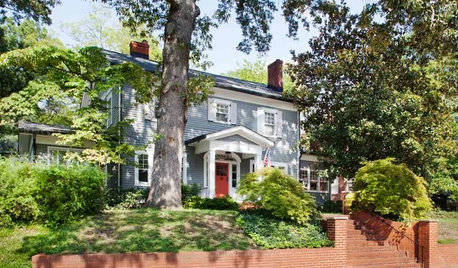
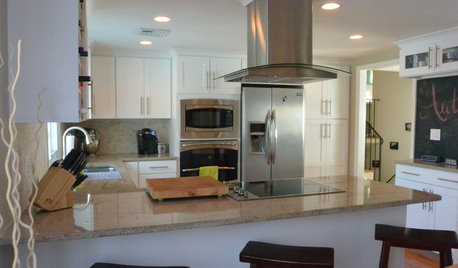
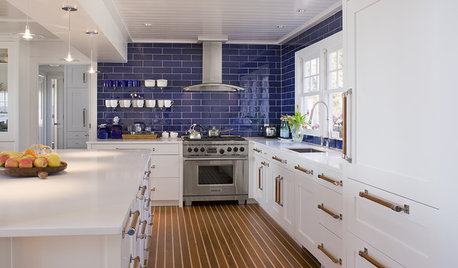
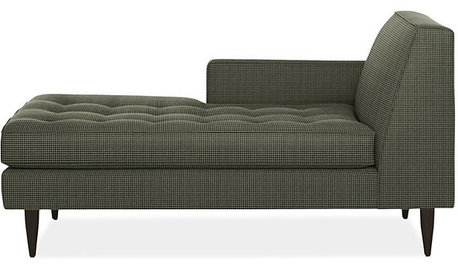








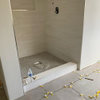

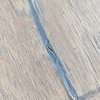


User
glennsfc
Related Professionals
Ahwatukee Flooring Contractors · Bella Vista Flooring Contractors · Georgetown Flooring Contractors · Limerick Flooring Contractors · Nashville Flooring Contractors · Pasadena Flooring Contractors · Powell Flooring Contractors · Greenville General Contractors · Homewood General Contractors · Lewisburg General Contractors · Midlothian General Contractors · Mount Laurel General Contractors · Riverdale General Contractors · San Carlos Park General Contractors · Seal Beach General ContractorsUser
gregmills_gw
analynOriginal Author
TxMarti
glennsfc
TxMarti